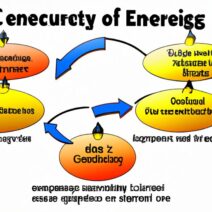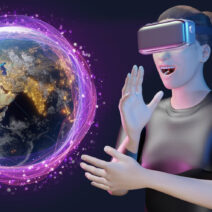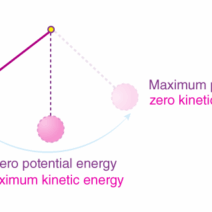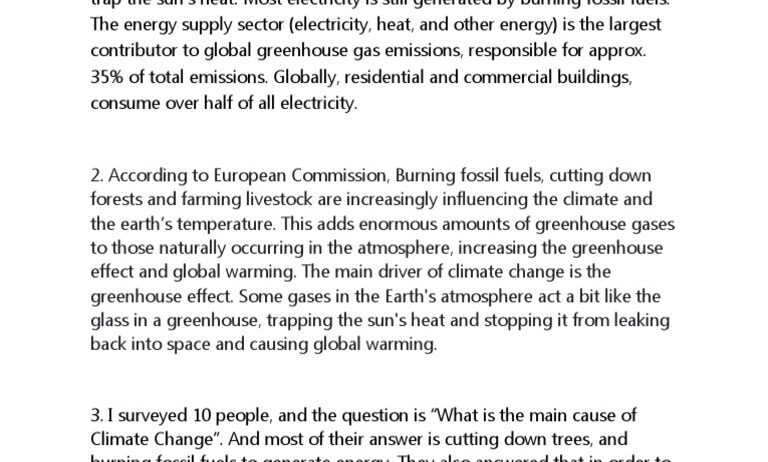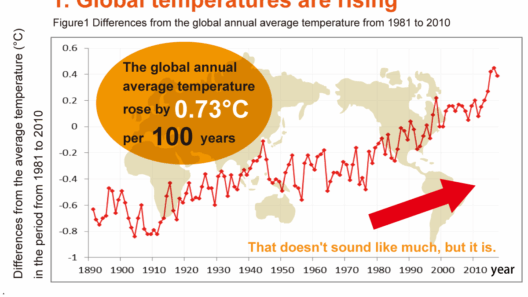Climate change, an enigmatic beast with tentacles stretching across our planet, is not merely an abstract notion or an ephemeral concern; it is a tangible reality manifesting in the form of escalating heatwaves, rising sea levels, and devastating storms. This phenomenon is predominantly fueled by a myriad of human activities that cumulatively alter the natural equilibrium of Earth’s atmospheric systems. To comprehend this transformation, we delve into the primary causes of climate change, unraveling their intricacies and interconnections.
First and foremost, the elephant in the room is greenhouse gas emissions. Picture the Earth as a delicate greenhouse; the atmosphere is the glass that traps warmth, creating a hospitable environment for life. However, the introduction of excessive greenhouse gases—chiefly carbon dioxide (CO2), methane (CH4), and nitrous oxide (N2O)—is akin to thickening the walls of this greenhouse, thereby suffocating its inhabitants under a searing blanket of heat. The combustion of fossil fuels for energy production, transportation, and industrial processes is a principal contributor to CO2 influx. In 2022 alone, the burning of oil, coal, and natural gas released approximately 36 billion tons of CO2 into the atmosphere, dwarfing any environmental improvements made elsewhere.
In addition to fossil fuel combustion, deforestation plays a pivotal role in exacerbating climate change. Forests, often dubbed the lungs of our planet, absorb carbon dioxide and release oxygen. They serve as critical carbon sinks, sequestering CO2 from the atmosphere. However, large-scale deforestation—driven by agricultural expansion, logging, and urban development—releases the stored carbon back into the atmosphere. Imagine ripping the pages from a book, each page representing a ton of carbon stored; the removal of forests is akin to erasing vital chapters from our planet’s story, contributing to an increasingly fragmented and unsustainable narrative.
Moreover, agriculture itself is a significant source of greenhouse gas emissions, particularly methane, which is over 25 times more potent than CO2 over a 100-year period. The fermentation process in livestock digestion produces substantial amounts of methane, primarily from cattle and sheep, often referred to as enteric fermentation. Additionally, rice cultivation generates methane emissions, as the anaerobic conditions of flooded fields favor methane-producing microbes. This scenario reflects a paradox: in our pursuit to feed the growing global population, we inadvertently amplify the very forces that threaten the planet’s viability.
Industrial activities represent another formidable player in climate change. The production of cement, steel, and various chemicals contributes significantly to CO2 emissions. The processes involved in turning raw materials into finished products consume massive amounts of energy, often derived from fossil fuels. Additionally, certain industrial practices release potent greenhouse gases like hydrofluorocarbons (HFCs), which, despite being present in smaller quantities, boast an unparalleled warming potential. With the rapid rise of global industrialization, this contribution cannot be understated.
Transportation is yet another significant driver of climate change. From the hum of personal vehicles to the roar of aircraft engines, the combustion of fossil fuels in transportation releases millions of tons of greenhouse gases each year. The intricate web of transportation networks connects and fuels economies, yet it also weaves a tapestry of emissions that contributes to atmospheric deterioration. Electric vehicles and public transit may serve as mitigating forces, yet, as of now, the vast majority of personal and commercial transport still relies heavily on carbon-intensive fuels.
Waste management, often neglected in discussions of climate change, also warrants attention. Landfills emit methane as organic waste decomposes anaerobically. This process is a stark reminder of our collective consumption habits. As throwaway culture burgeons, we find ourselves burdened by increasing waste, which not only results in emissions but also leeches into soil and water systems, poisoning the very essence of life. Recycling and composting are pivotal in counteracting these emissions, yet large swathes of waste still find their final resting place in ill-managed landfills.
Lastly, the role of climate feedback loops cannot be overlooked. These self-perpetuating mechanisms can escalate the effects of climate change in astonishing ways. For example, as polar ice caps and glaciers melt, less sunlight is reflected back into space, leading to greater absorption of heat by the ocean and land. This, in turn, contributes to further warming, hastening the pace of climate change. Such feedback loops act as a double-edged sword, creating a cycle of destruction that may prove difficult to reverse.
In conclusion, the causes of climate change are both multifaceted and interwoven, reflecting the complexity of our relationship with the environment. Each element—from greenhouse gas emissions and deforestation to industrial practices and transportation—interacts within a larger system that functions like a vast, interdependent ecosystem. As we stand at the precipice of unprecedented change, it is imperative to recognize these primary drivers and mitigate their impact through innovative solutions, informed policies, and collective action. The future of our planet hinges on our ability to recalibrate our practices and priorities to safeguard a livable and thriving environment for generations to come.
